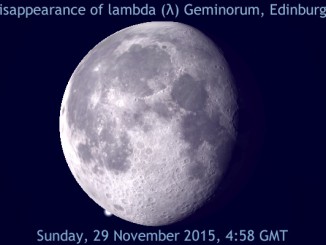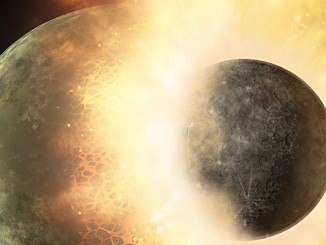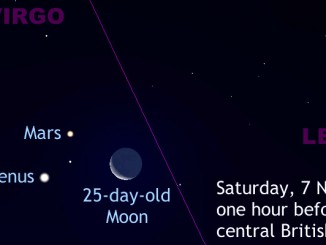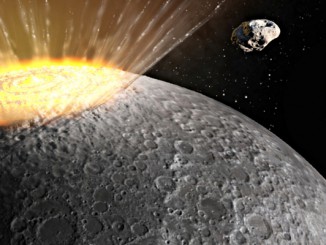
See star λ Geminorum’s lunar hide and seek on 29 November
Early risers in the northeast of England and Scotland with clear skies can see naked-eye star lambda (λ) Geminorum, otherwise known as Alkibash, slip behind the southern polar regions of an 18-day-old waning gibbous Moon close to 5am GMT on Sunday, 29 November. However, for a select number of northern observers this will be a special grazing lunar occultation.









